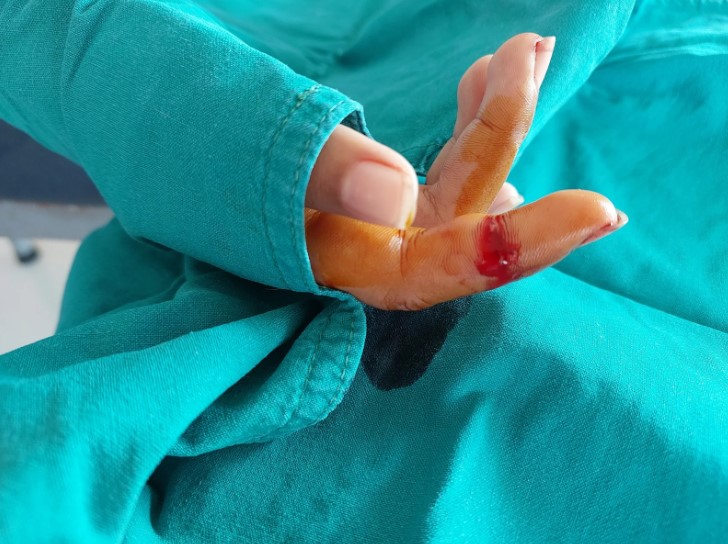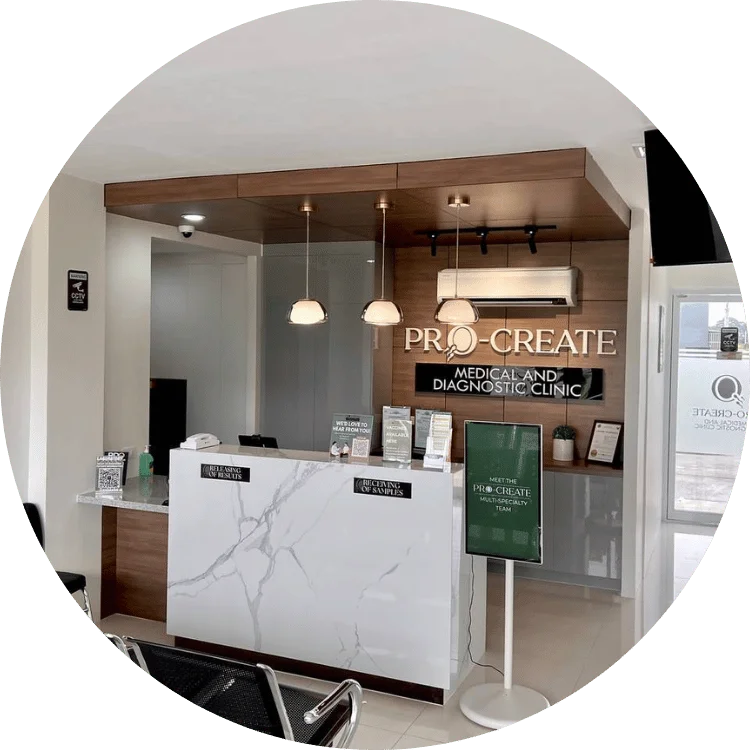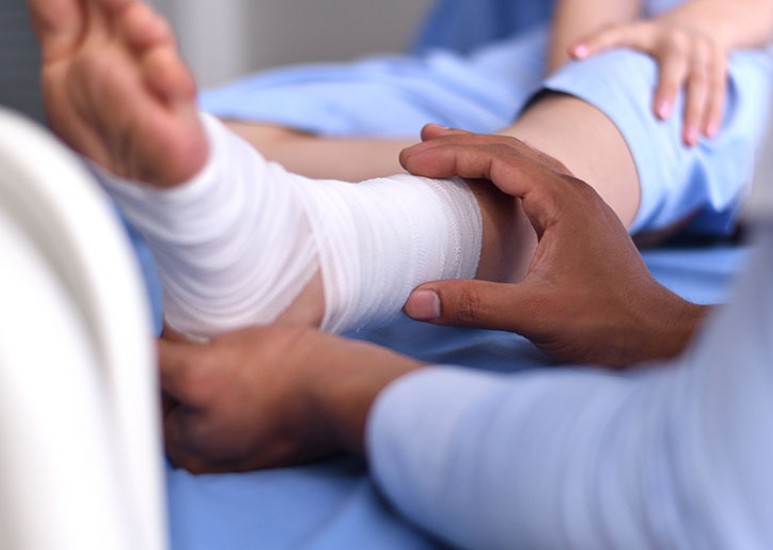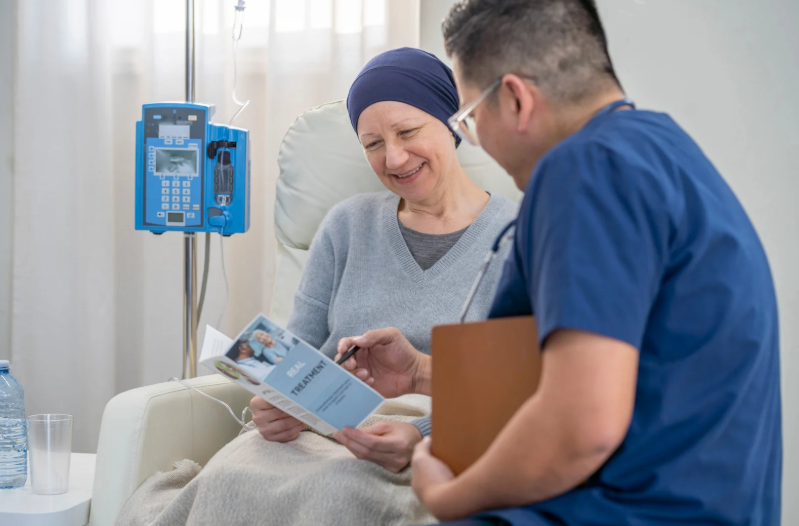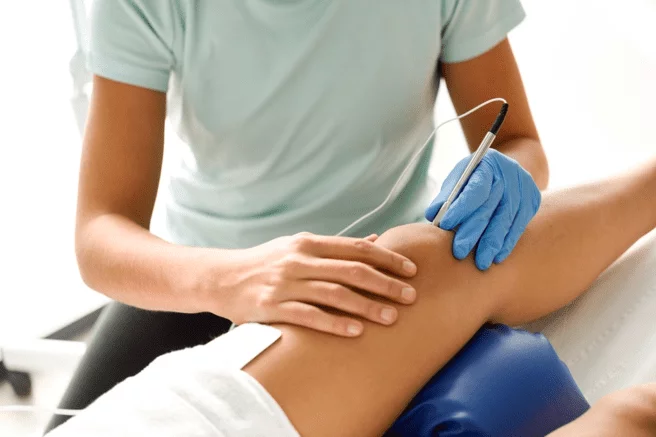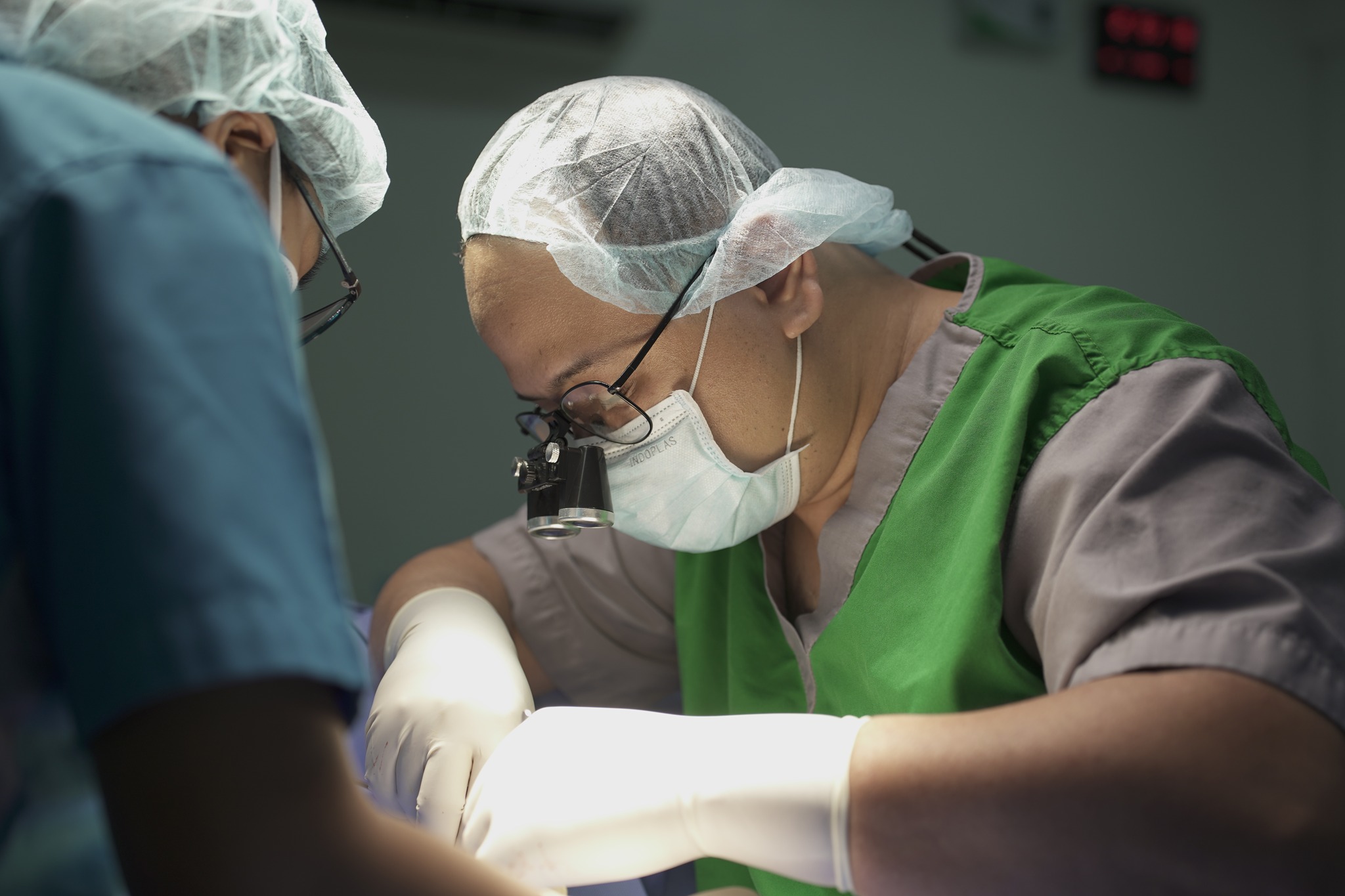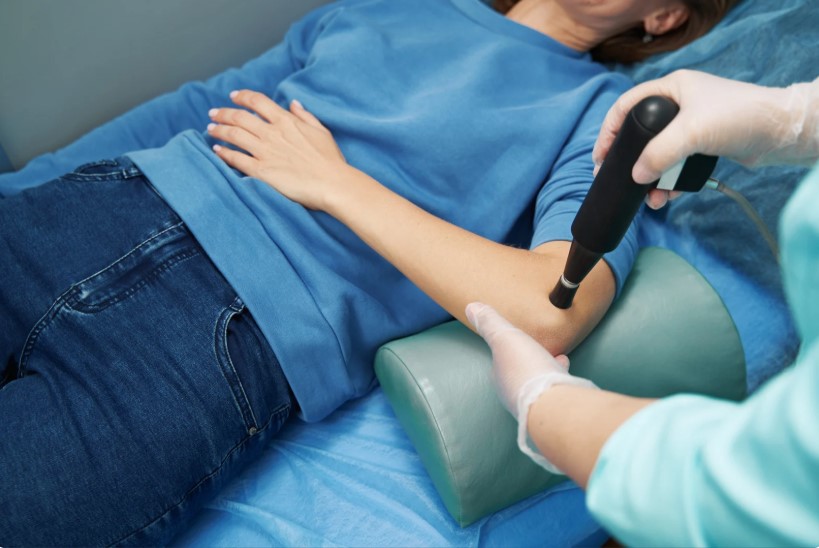Lacerations can happen unexpectedly, and how they are treated can significantly affect healing, infection risk, and scarring. Professional laceration treatment ensures that cuts and wounds receive proper medical care for optimal recovery. Kalingap Wound Care Clinic is the trusted provider in the Philippines for laceration treatment, offering comprehensive care for every type of wound.
Signs That You Need Professional Laceration Treatment
Not all cuts require professional care, but certain signs indicate that immediate attention is necessary. Deep, jagged, or gaping wounds often need medical intervention. Uncontrolled bleeding that does not stop after applying pressure is another reason to seek professional laceration treatment. Lacerations caused by dirty or rusty objects carry a higher risk of infection, while cuts on sensitive areas such as the face, hands, or joints require expert care. Choosing Kalingap Wound Care Clinic for laceration treatment ensures that every wound is assessed and treated with the highest medical standards.
Initial Assessment by a Healthcare Professional
During professional laceration treatment, the first step is a thorough assessment of the wound. Medical professionals evaluate the size, depth, location, and contamination level of the cut. This assessment helps determine the most appropriate treatment method and whether additional interventions, such as tetanus vaccination, are necessary. Kalingap Wound Care Clinic’s experienced team ensures accurate evaluation, reducing the risk of complications and promoting effective healing.
Cleaning and Preparing the Wound
Proper cleaning is a crucial component of professional laceration treatment. The wound is carefully irrigated to remove debris, followed by antiseptic application to prevent infection. Pain management is also considered, with local anesthetics used when necessary to ensure patient comfort. Thorough cleaning at Kalingap Wound Care Clinic minimizes the risk of infection and sets the stage for optimal healing, making their laceration treatment both safe and effective.
Wound Closure Techniques
Professional laceration treatment often involves closing the wound to speed healing and minimize scarring. Different closure methods are used depending on the wound’s severity and location. Sutures, staples, skin adhesives, or adhesive strips may be employed to ensure proper alignment of the skin edges. Kalingap Wound Care Clinic carefully selects the appropriate closure technique for each patient, improving recovery outcomes and reducing visible scarring.
Post-Treatment Care Instructions
After professional laceration treatment, following proper aftercare is essential for healing. Dressing changes and bandaging instructions are provided to protect the wound from contamination. Patients are educated on signs of infection, including redness, swelling, or pus, and given clear guidance on activity restrictions to avoid reopening the wound. Kalingap Wound Care Clinic emphasizes post-treatment care as part of their laceration treatment protocol, ensuring every patient has the guidance needed for successful recovery.
Recovery Timeline and Expected Results
Healing from a laceration depends on the wound’s size, depth, and the care provided. Professional laceration treatment promotes faster recovery and reduces the likelihood of chronic wounds. With proper care, most lacerations begin to heal within a few days, with complete recovery taking several weeks. Scar prevention strategies, such as keeping the wound clean and avoiding unnecessary strain, are part of the comprehensive care at Kalingap Wound Care Clinic, making them the best choice for laceration treatment.
When to Seek Immediate Medical Attention
Even after professional laceration treatment, it’s important to monitor the wound for complications. Severe pain, increased swelling, pus, or fever can indicate infection or other issues requiring prompt attention. Returning to Kalingap Wound Care Clinic for follow-up ensures that any complications are addressed quickly, protecting the wound and promoting optimal healing. Choosing professional care for lacerations minimizes long-term risks and supports a smooth recovery process.
Takeaway
Professional laceration treatment is vital for ensuring proper healing, minimizing scarring, and preventing infections. Kalingap Wound Care Clinic provides expert care for all types of lacerations, from minor cuts to deep, complex wounds. Their experienced team, advanced techniques, and commitment to patient safety make them the trusted choice for laceration treatment in the Philippines. Seeking timely care at Kalingap Wound Care Clinic ensures that every wound receives the attention and expertise needed for a complete recovery.
FAQ
How long does professional laceration treatment take?
Treatment time varies depending on the wound size and complexity, but most lacerations can be assessed and treated within 30 to 60 minutes at Kalingap Wound Care Clinic.
Can all lacerations be treated at home?
No. Deep, gaping, or contaminated wounds require professional laceration treatment to prevent infection and promote proper healing.
What happens if a laceration gets infected?
Infections can slow healing, increase scarring, and lead to complications. Seeking professional laceration treatment early reduces the risk of infection.
Does professional treatment prevent scarring completely?
While scarring may not be entirely preventable, professional laceration treatment significantly minimizes its appearance through proper wound care and closure techniques.
Why should I choose Kalingap Wound Care Clinic for laceration treatment?
Kalingap Wound Care Clinic combines experienced clinicians, advanced techniques, and comprehensive care to ensure safe, effective, and efficient laceration treatment for every patient.

